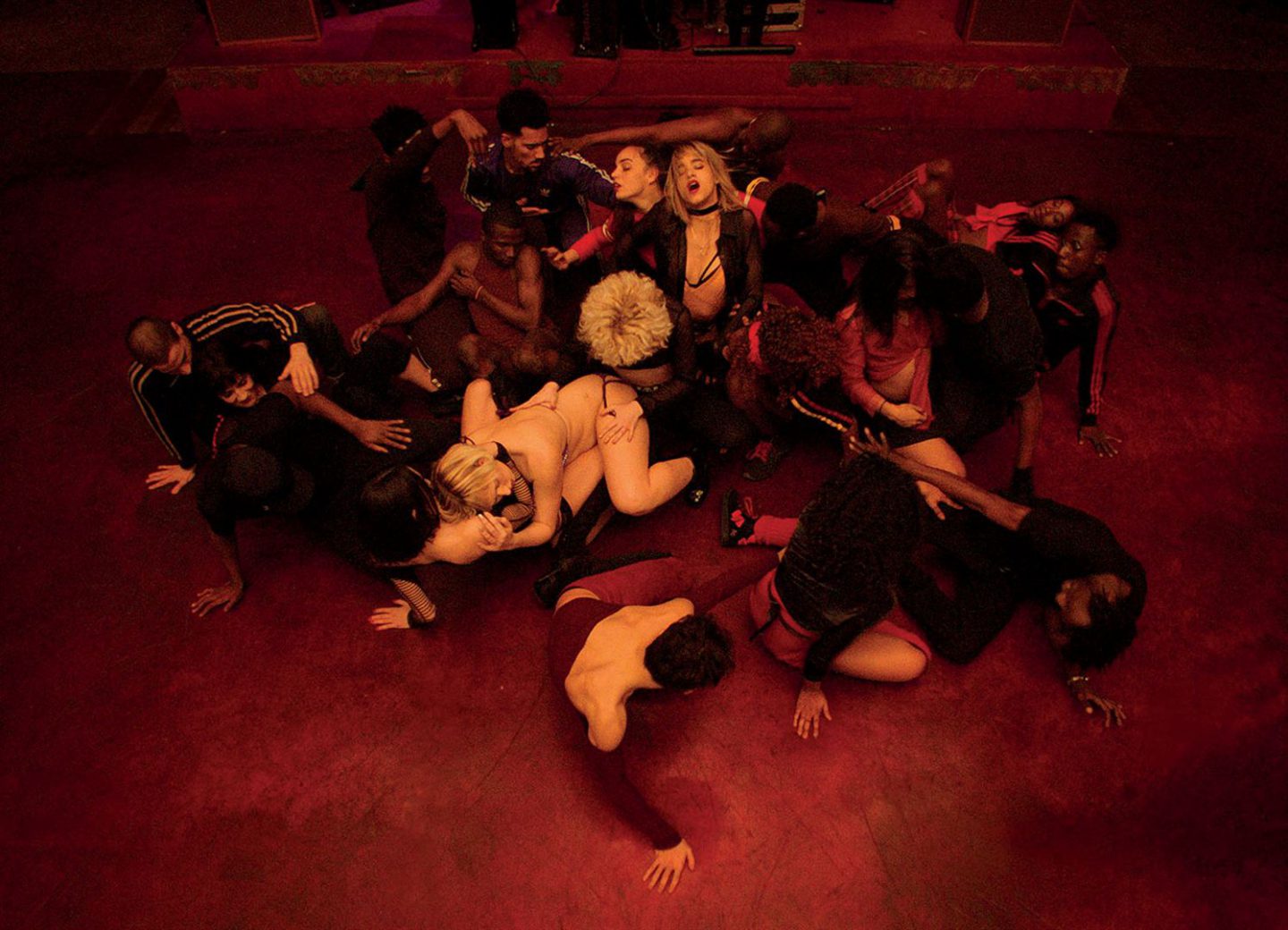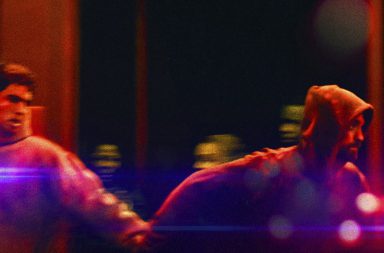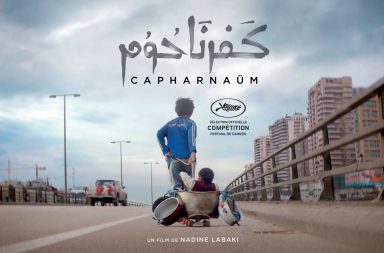So many films, so many melodies, sounds and rythms have filled up our ears and minds at the 2018 Cannes Film Festival. Here’s a selection of what haunted us the most.
LE MONDE EST A TOI by Romain Gavras — JAMIE XX/SebAstian
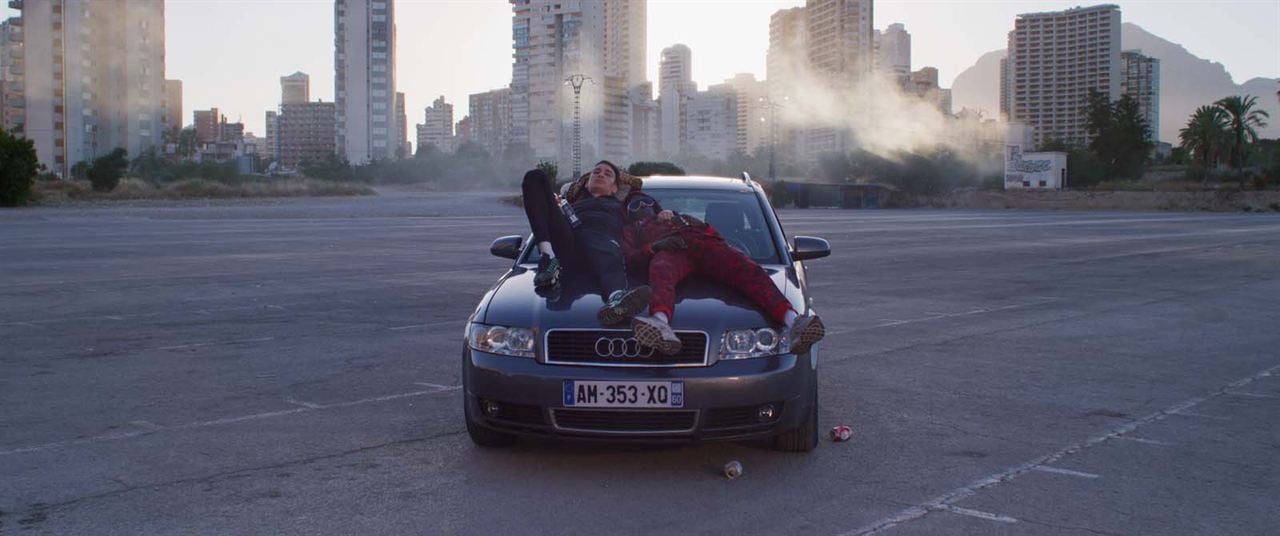
Studio Canal
For the last eight years, Romain Gavras had disappeared from our screens. The big one, that is. The French director was actually back to his first love, music videos, directing for M.I.A., Jay-Z & Kanye West and Justice among others. His second feature film, The World is Yours (Le monde est à toi), presented at the Directors’ Fortnight, is a ferocious and exhilarating comedy about a bunch of crooks from the Paris suburbs, trying to make it big on the sunny beaches of Spain. Largely inspired by Italian comedies from the 60s (I soliti ignoti for instance) and featuring a great ensemble cast – among which are an explosive Isabelle Adjani as a small-time gold digger and a hilarious Vincent Cassel as her ex-husband who is obsessed with the Illuminati – the film is carried by its use of music. The world of these criminals is made of night clubs, big dreams, neons and popular culture. The title itself is borrowed from Scarface, reflecting the characters’ frame of mind that they strive to reach in their real lives. Incidentally, the film is filled with pop hits from the 80s, thus asserting its Frenchness – preexisting material includes Daniel Balavoine, Laurent Voulzy, Michel Sardou – and these hits are blended into an original score made by Jamie xx and SebAstian. The collaboration between the English and the French electronic music composers, with whom Gavras had already teamed up separately in the past, lives up to the distinctive sound of their authors in atmospheric yet upbeat compositions. All this brings us back to sweet memories of our younger years, when we used to enter the cheat code to fly our car over Ocean Drive in Grand Theft Auto: Vice City. Good ol’ times…
CLIMAX by Gaspar Noé — THOMAS BANGALTER
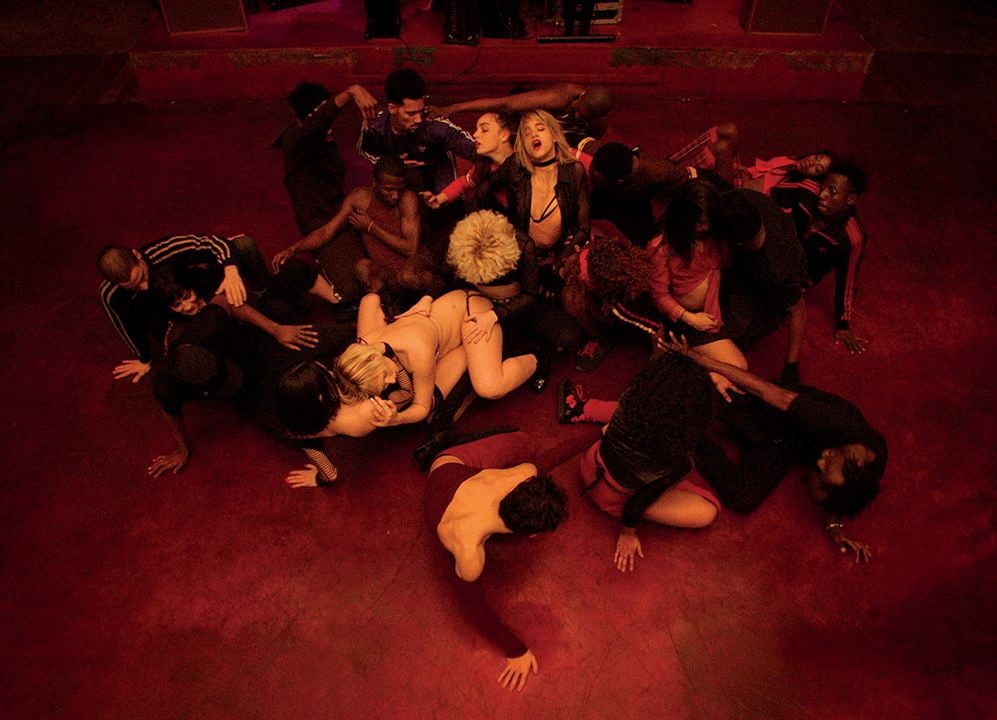
Wild Bunch Distribution
Gaspar Noé’s latest shocker was one of this year’s onscreen events: very little if nothing had filtered out before the first screening. Not even the only line summarizing the plot was helpful: “Birth and death are extraordinary experiences. Life is a fleeting pleasure.” Yet, there is a lot to say about Climax. Firstly, it is about dancers, and when you talk about dance, you talk of course about music. Very little silence is allowed in Noé’s nightmarish experience. For the second time, he collaborates with music supervisor Pascal Mayer – also music supervisor for Ash is Purest White, in the Official Competition, and Angel Face, in the UCR Competition – to push, in his best style, the boundaries of cinema and transform the film into an evil, frantic waltz under the influence of an enhanced sangria. As always with Noé, Climax forms a whole from which nothing can be taken separately. The characters go down their infernal spiral while the DJ plays pieces from Cerrone, Daft Punk, Aphex Twin, Giorgio Moroder, Erik Satie and so many others, until the despairing ending unfolds on the sad notes of The Rolling Stones’ ‘Angie.’ Climax is a modern, pasolinian tale dictated by the camera which celebrates dance as a highly subversive art form. Except for the first choreographed scene, Noé has allowed all the dancers to express themselves with their own body language, in the great tradition of the 1990s voguing balls. Music is not only a reflection of the times when the film is set – although never indicated, the plot takes place in 1996, when the underground culture of the French youth began gaining ground, with the release of cult film La Haine and Daft Punk’s first album – it is also what distills all the gruesomeness of the situation. Thomas Bangalter, half of Daft Punk and one of Noé’s regulars, wrote an original, intoxicating piece for Climax, rightly called ‘Sangria.’ It’s one of those pieces that have the sickness of the Irréversible score, the upbeat, never-ending power of the early Daft Punk hits, with a drop of acid and a hint of ‘Rollin’ and Scatchin’’ which can also be heard in the film. It’s one of those pieces that make you want to vogue and shout out loud, “Vive la France!”
BLACKKKLANSMAN by Spike Lee — Terence Blanchard
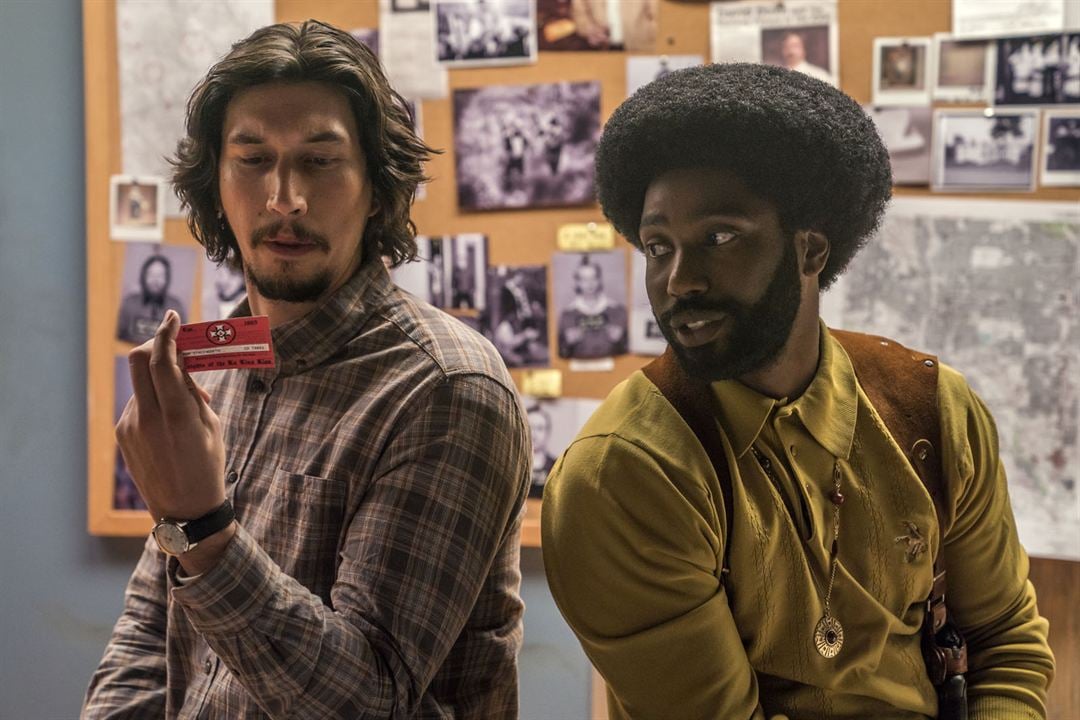
Universal Pictures
Slanderous journalists and cinephiles left Spike Lee somewhere around the early 2010s with his failed remake of Chan-wook Park’s Old Boy. True believers continued to follow him through his experimentations, until he showed up last year with a groundbreaking Netflix series remake of his debut film She’s Gotta Have It. With BlacKkKlansman, the Bed-Stuy director rocked it as hard as he did seventeen years ago, when Jungle Fever was in competition for the Palme d’Or. Today, he tells the crazy – but true – story of Ron Stallworth (John David Washington) and Flip Zimmerman (Adam Driver), a Black and a Jewish American cops who managed to infiltrate the local Ku Klux Klan chapter back when the Black Panthers were the most urgent threat to the police. Lee uses the story to criticise Donald Trump’s politics, and despite being one of the Festival’s most entertaining and politically committed moments, the film can’t be considered among the director’s finest pieces. Lee teams up once again with his musical angel Terence Blanchard. The trumpeter’s compositions join The 25th Hour, Jungle Fever and Malcolm X among the best Lee/Blanchard collaborations. In his outstanding jazz-influenced writing style, Blanchard writes quite a classic score, with a central theme that he and his musicians play in several versions, even switching genres, notably offering a great soul-sounding version. Sho’nuff this is going to be one of Cannes’ best soundtracks!
LOS SILENCIOS by Beatriz Seigner — NASCUY LINARES

Pyramide Distribution
Composer Nascuy Linares is no stranger to the mysteries and secrets that are shrouded in the Amazonian rainforest. Back in 2015, he scored Embrace of the Serpent by Ciro Guerra, winner of the Art Cinema Award at the Directors’ Fortnight. This year, Beatriz Seigner’s Amazonian drama, Los Silencios, has been selected in the same selection, and Linares is scoring. Seigner’s second feature film focuses on Amparo, a mother, and her children Nuria and Fabio who flee the Colombian armed conflict. They land on a tiny island filled with ghosts in the middle of the Amazonia, at the border of Brazil, Colombia and Peru.
Quiet, still, unpretentious, Seigner’s film creates an avalanche of emotions with a sober mise-en-scène and spare use of music. The director uses no travelling, only fixed shots that she masterfully composes, playing with the lights, the shadows and the bright colors that define the ghosts. Linares’ minimalist and organic score — reminiscent to a certain extent of his work on Embrace of the Serpent — frames the story as it is heard only at the beginning and end of the film. Closer to sound design than to a melodic score, Linares’ music is dissonant, disorienting and strident in order to parallel the family’s flight and arrival in a strange land where both the dead and the living coexist. The percussions, flutes and ghostly voices reinforce this feeling of in-betweenness and evoke the rustle of nature, of these two worlds that brush against each other and overlap. The silences that define the relationship between the departed and the living is broken by the wonderful final ceremonial scene where —spoiler alert— music is used to gather them all before the final goodbye.
Written and edited by Valentin Maniglia & Marine Wong Kwok Chuen
